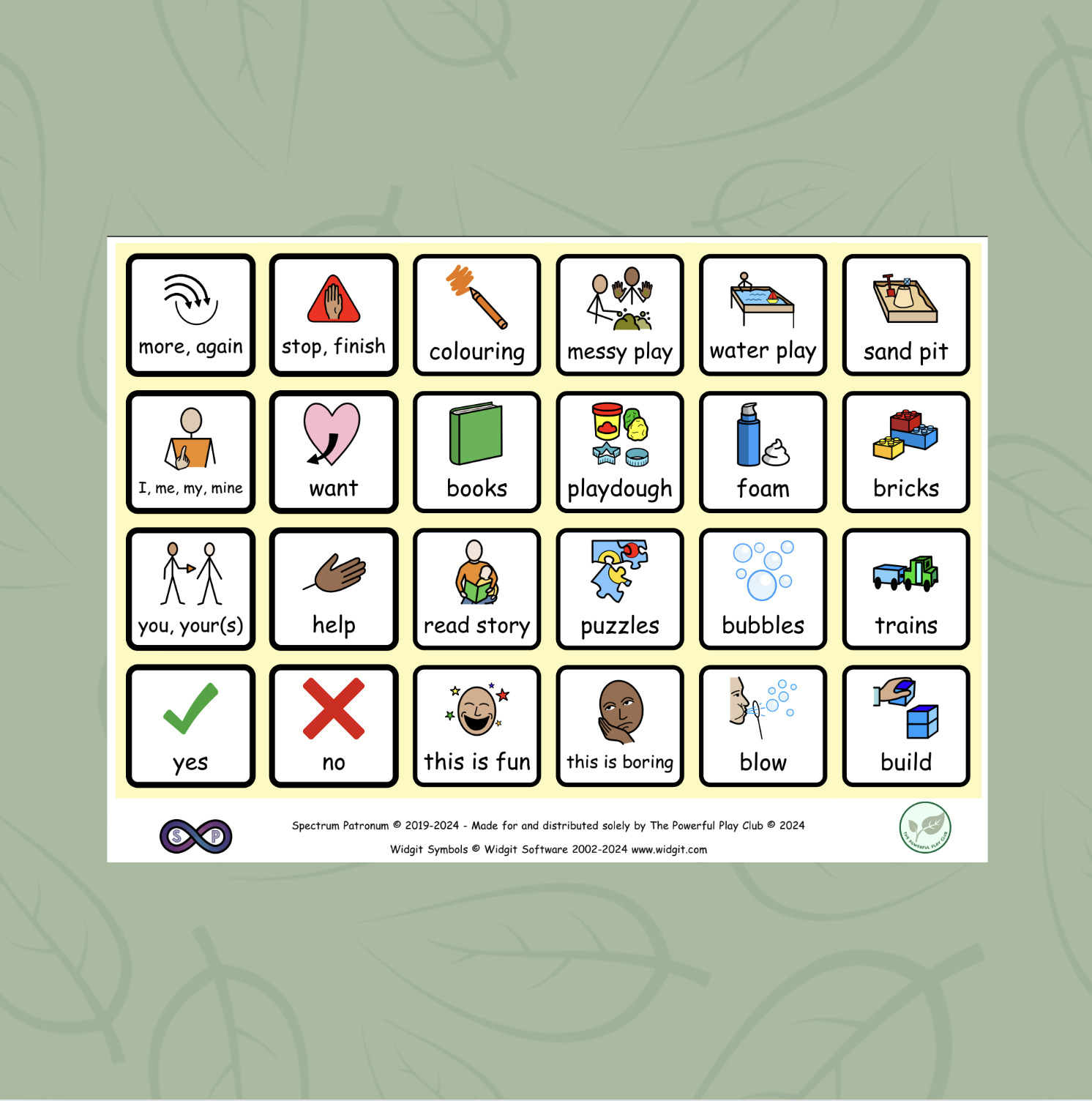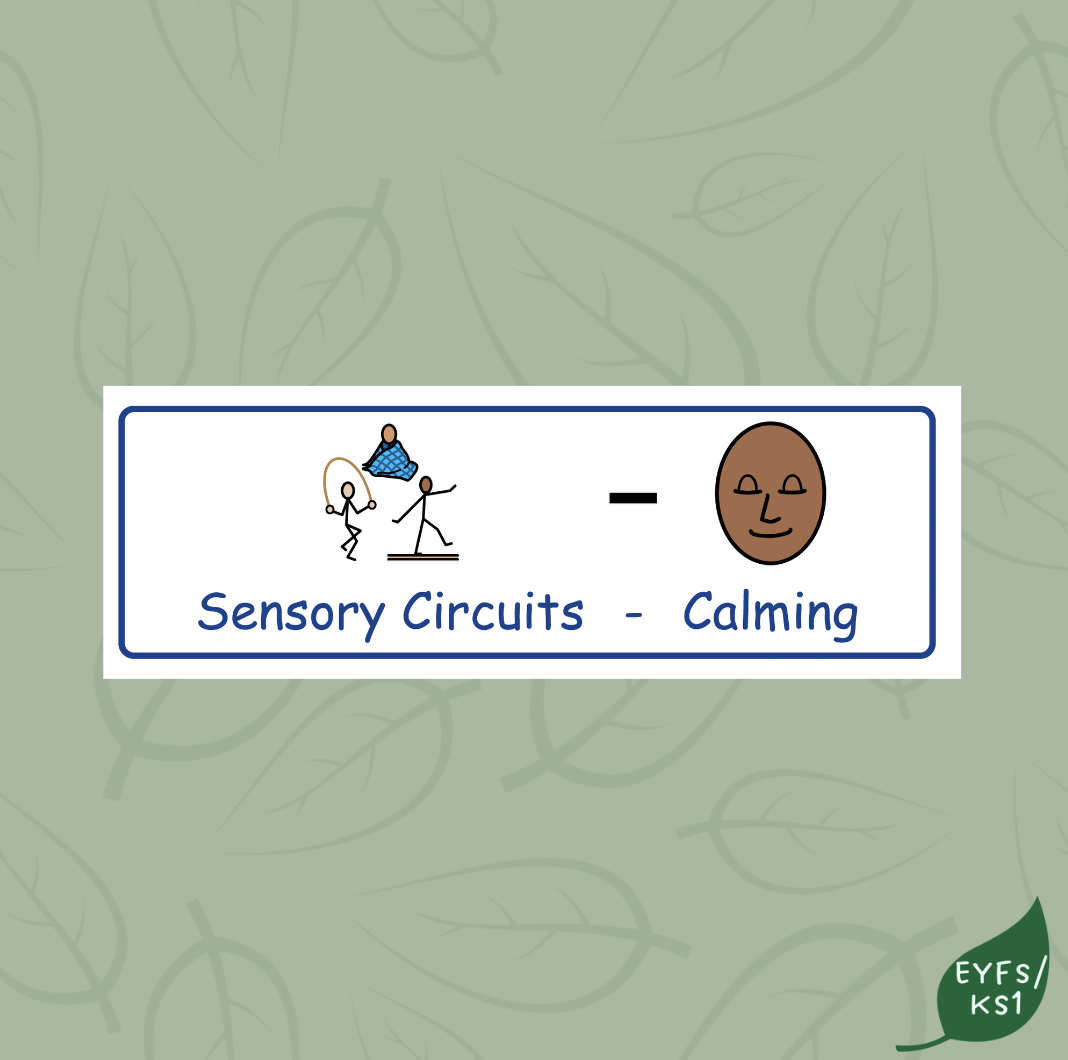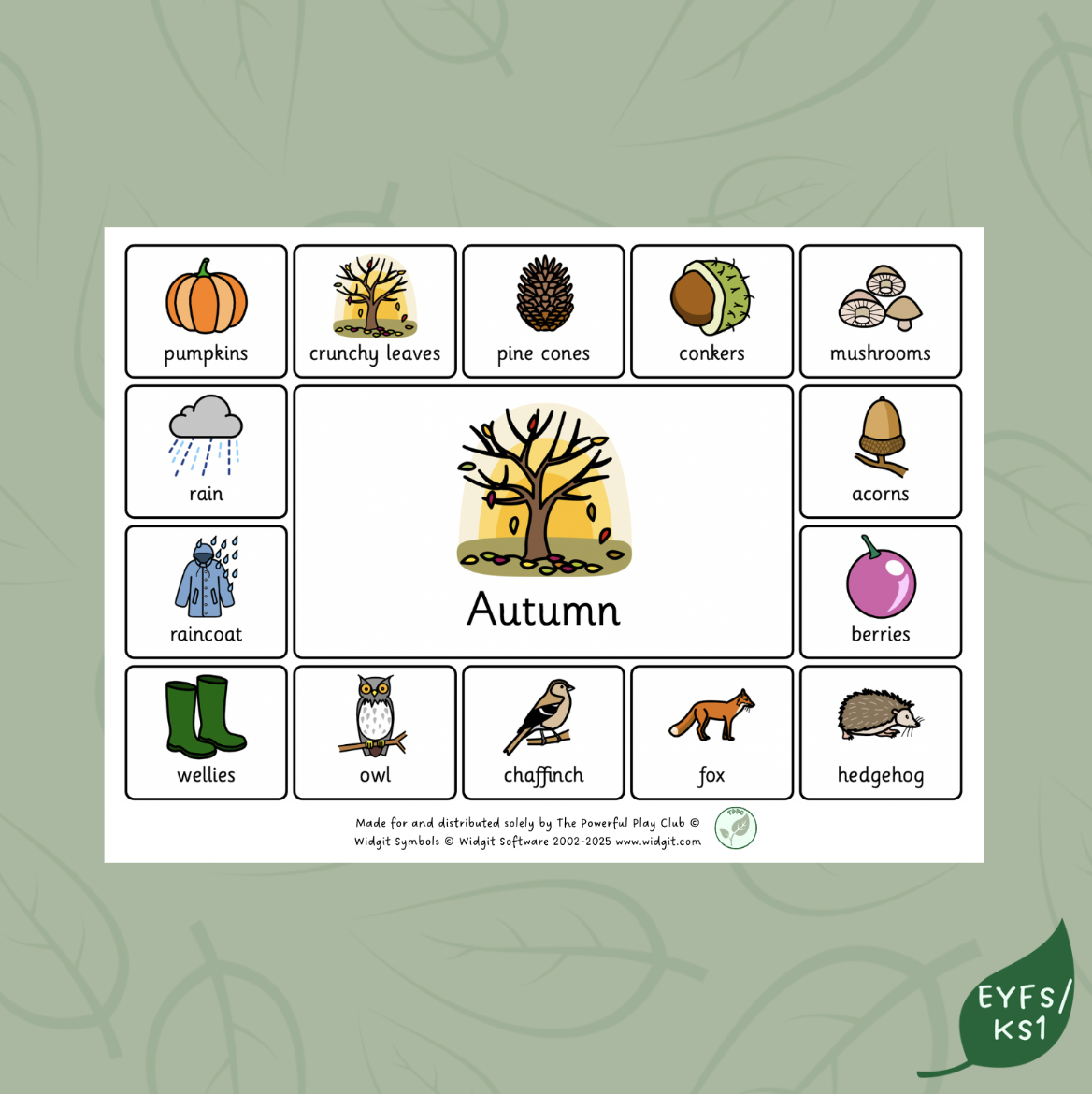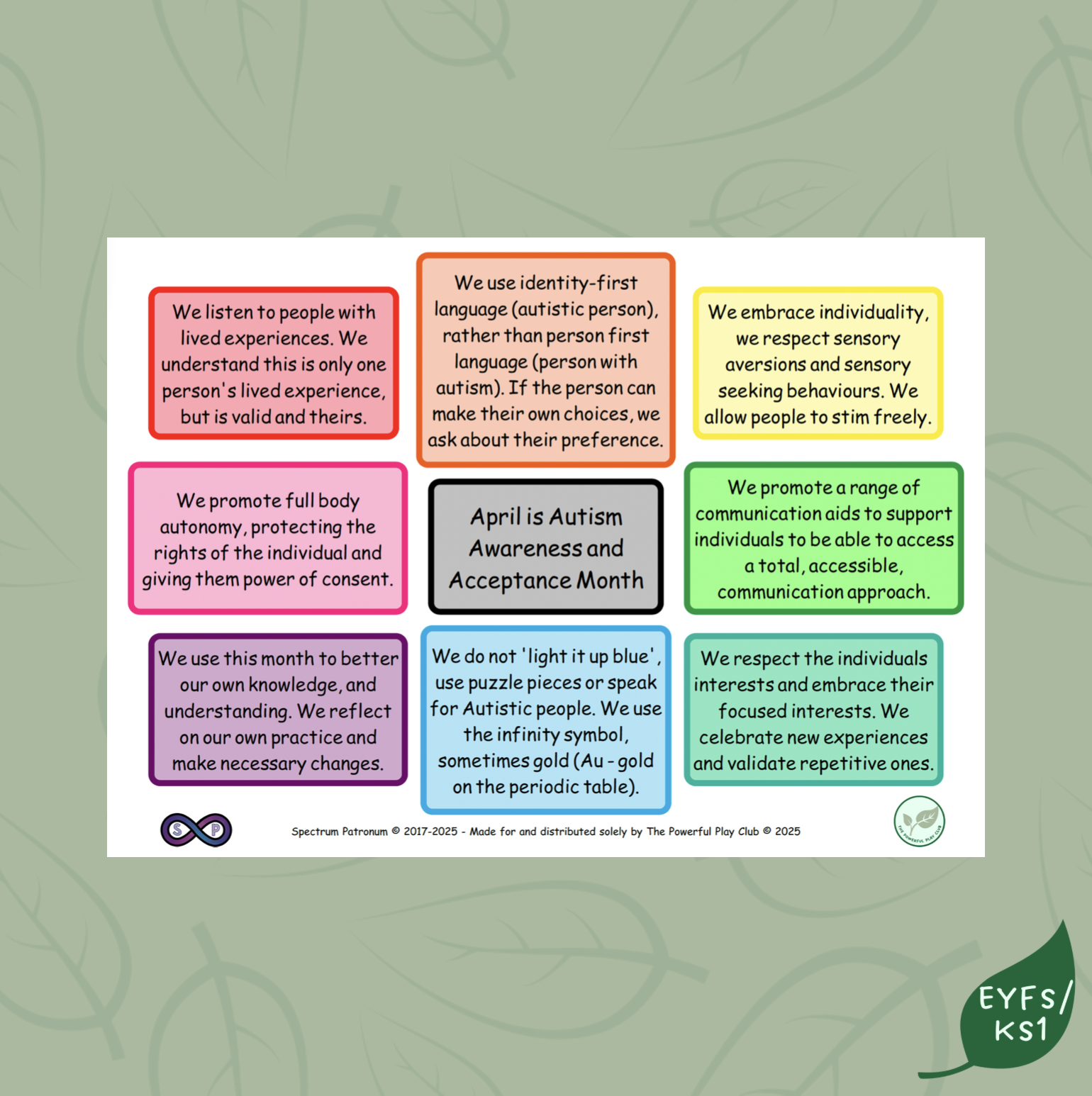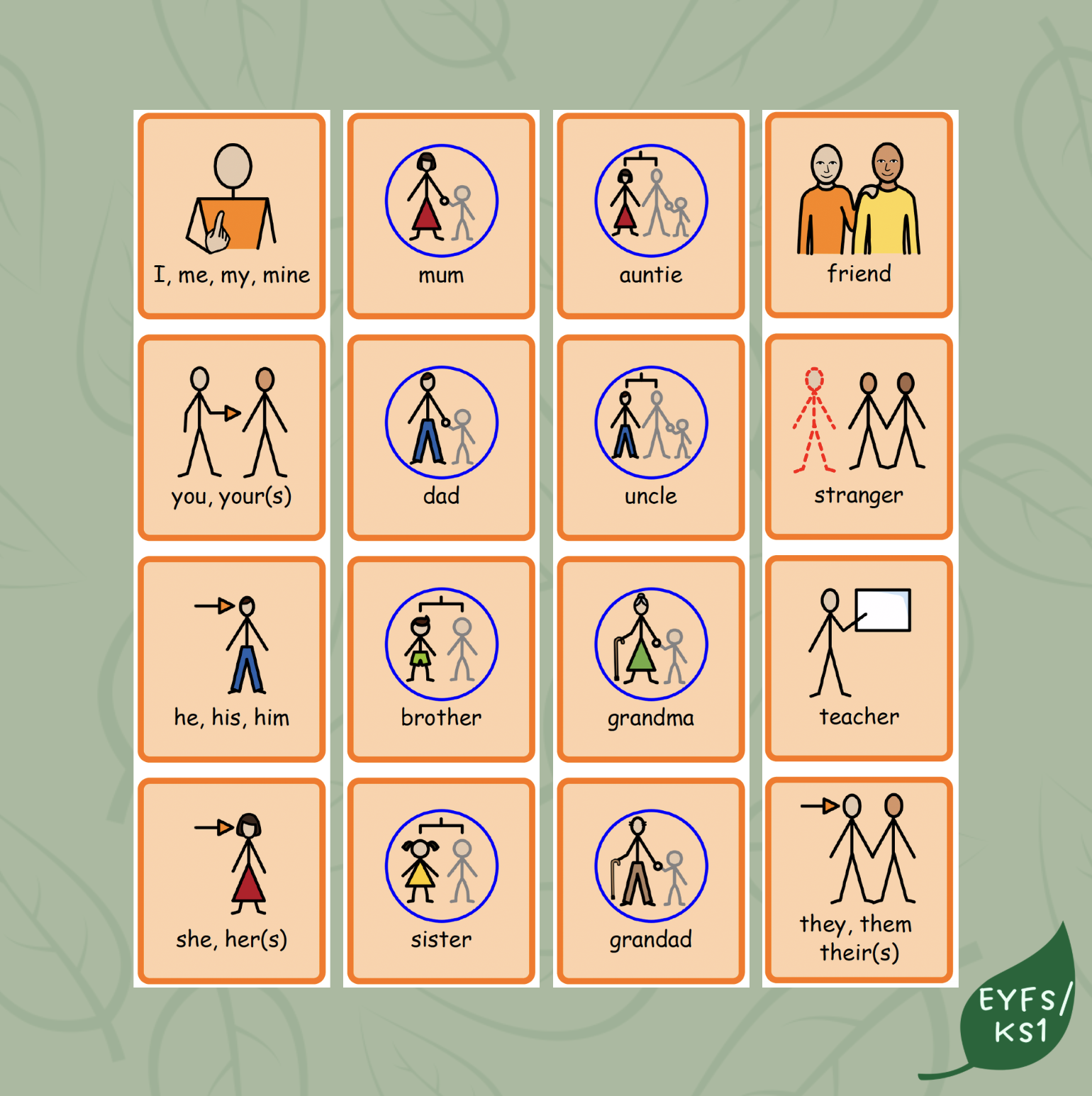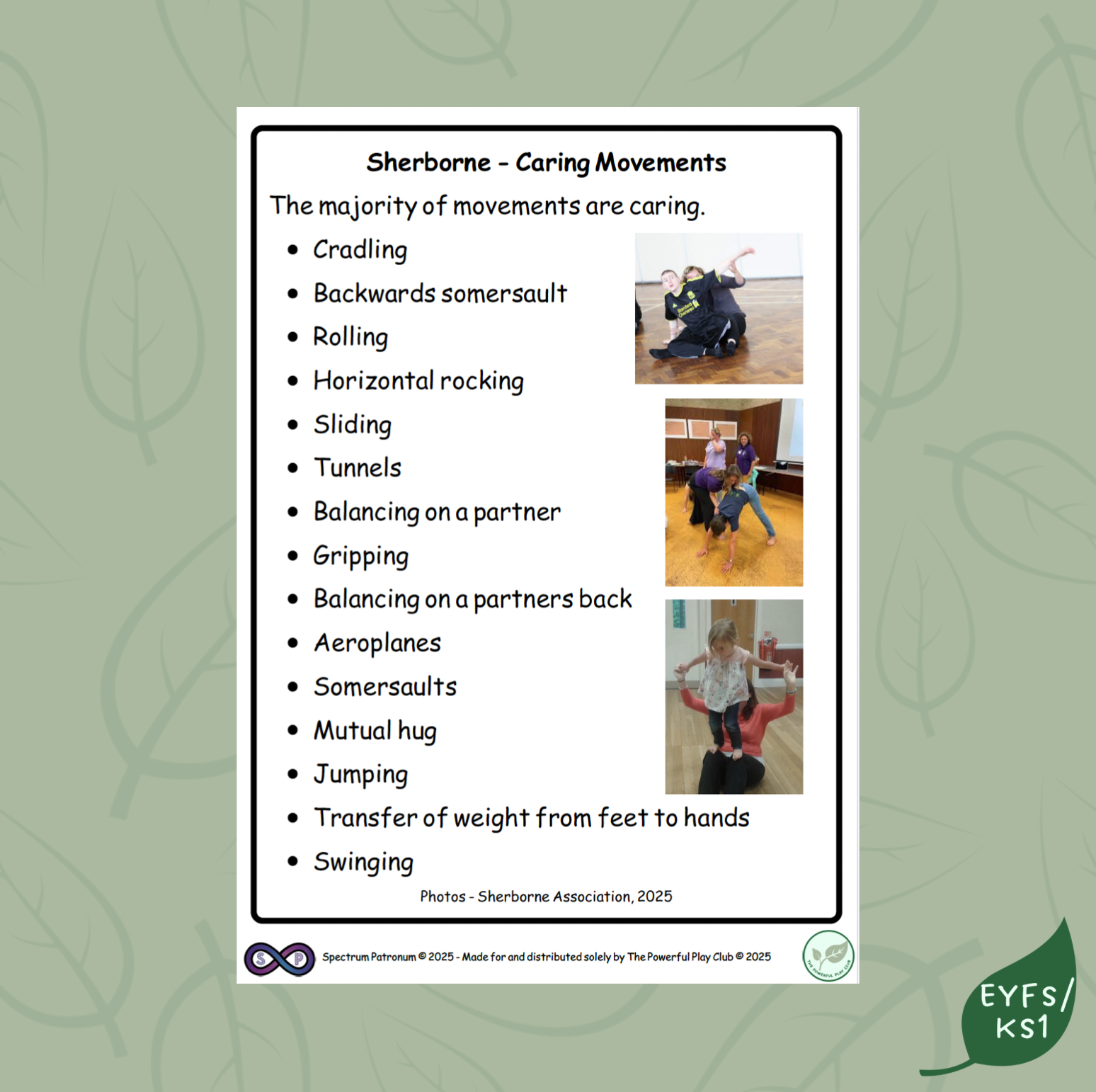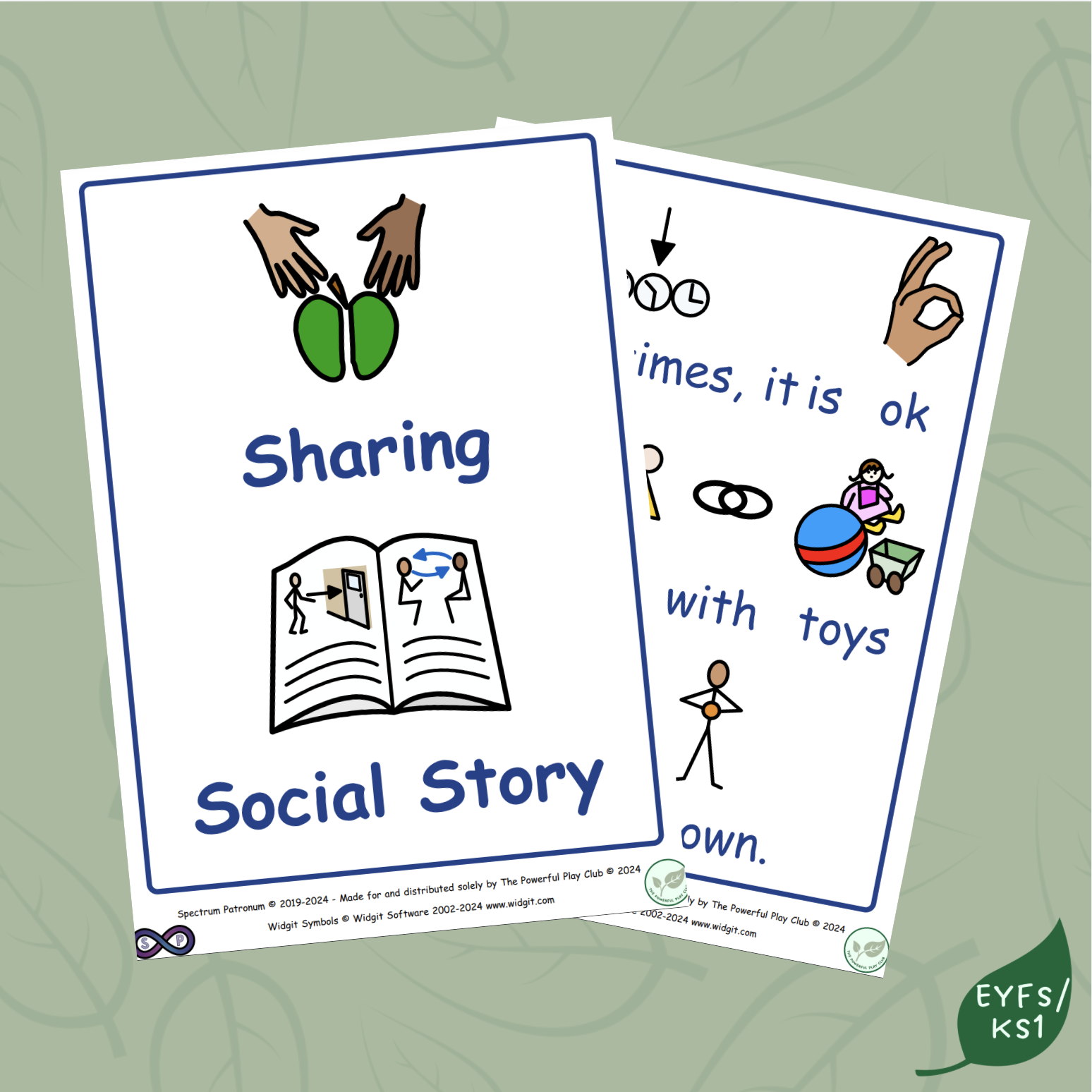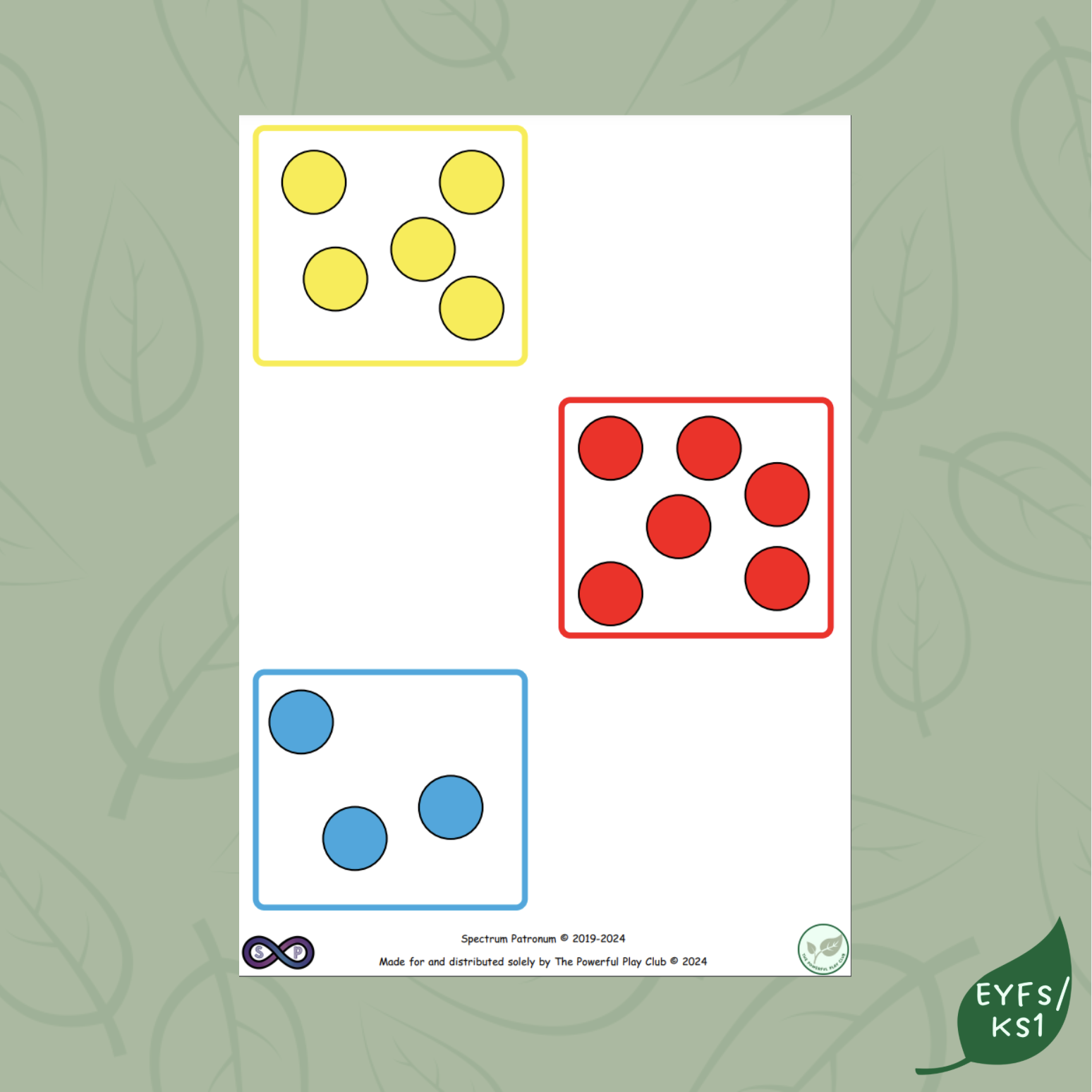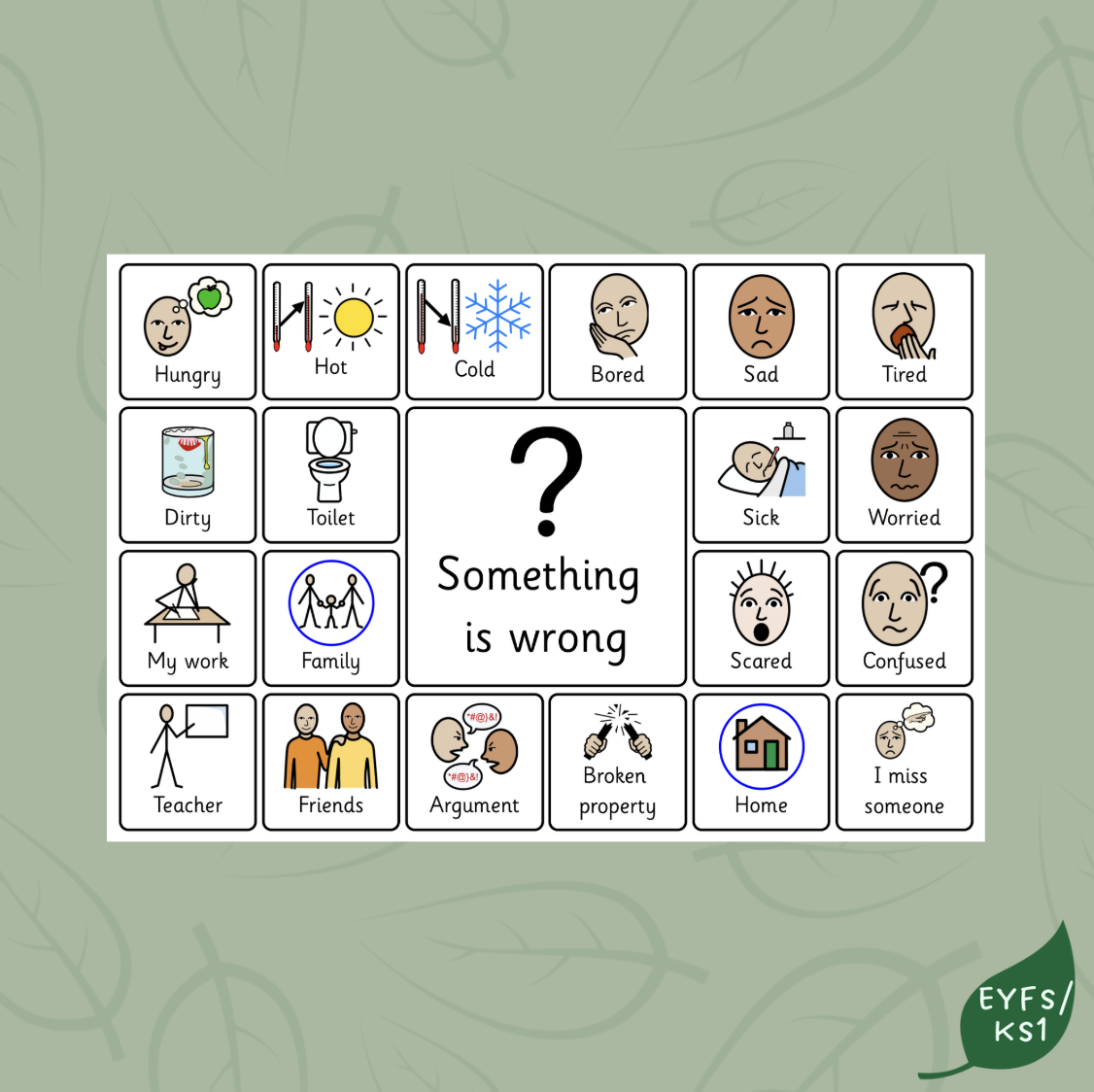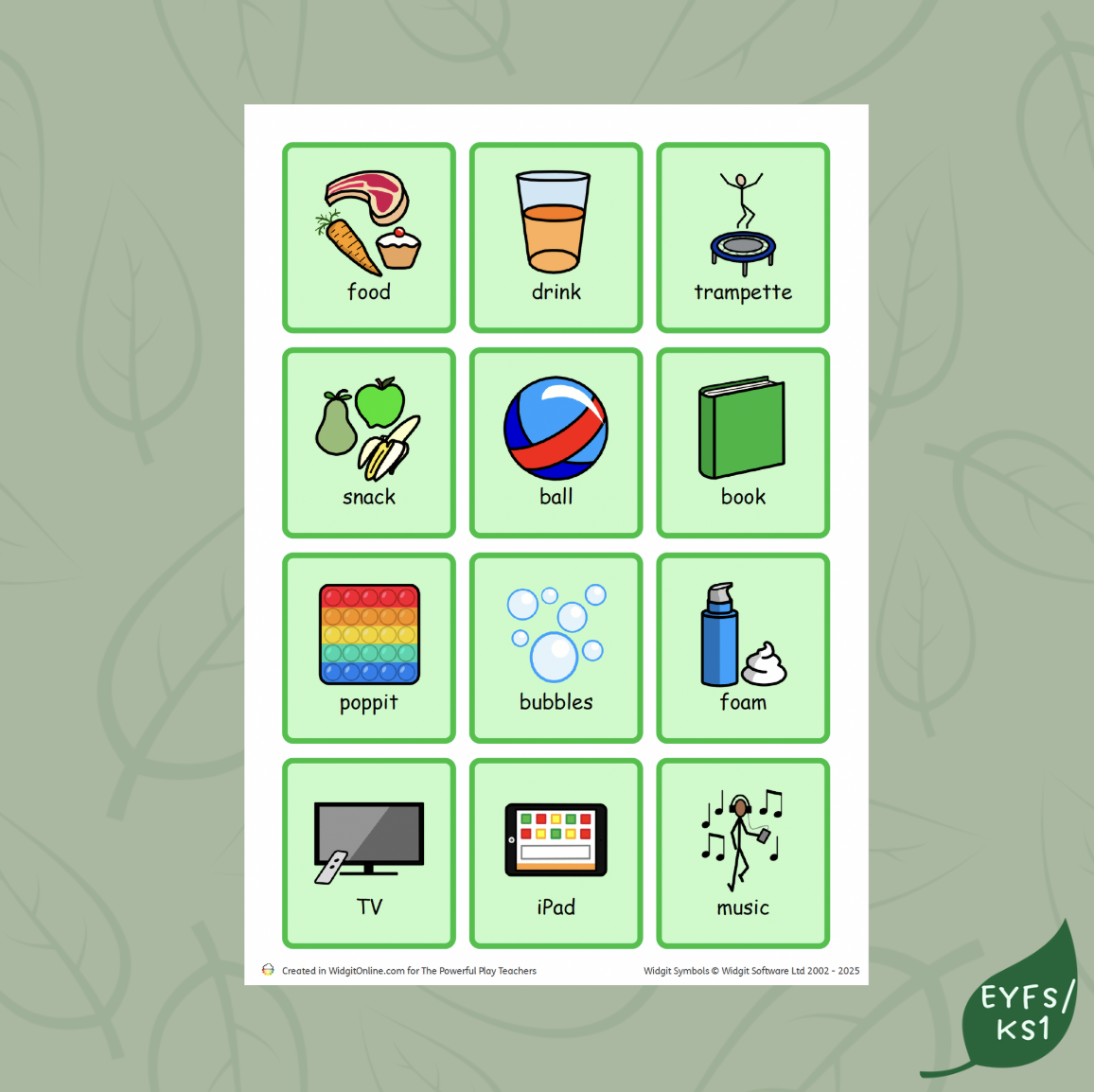Inclusion
〰️
Inclusion 〰️
A resource to be used to support learners completing two or three tasks with space to draw instructions or use a visual aid. There are two resources to download: 'now' and next' and 'now', 'next' and 'then'.
*Please note this is in black font and outline.
A resource to be used to support learners completing two or three tasks with space to draw instructions or use a visual aid. There are two resources to download: 'now' and next' and 'now', 'next' and 'then'.
*Please note this is in blue font and outline.
PECS choose board. A resource to be used to support learners communicate, make choices and requests. Includes 24 symbols.
A resource to be used to support learners communicate through the use of a Core Board. Includes 36 symbols. See the training video by Sammie for a tutorial on how to use it.
A set of schedule symbols that can be used for timetables, now and next boards or other visual aids. Available in both black and blue to support all learners.
*Please note this is in black font and outline.
A set of schedule symbols that can be used for timetables, now and next boards or other visual aids. Available in both black and blue to support all learners.
*Please note this is in blue font and outline.
Use this resource to create a sensory circuit to prepare children for learning depending on their sensory needs.
Use this resource to create a sensory circuit to ensure children feel calm and focused.
Use this resource to create a sensory circuit to promote motor skills, balancing and timing to help increase focus and attention.
A guide to alternative seating including the item photo, the sensory need this aims to support, the price and a link to shop.
Use this behaviour tracker to identify patterns of behaviour using the ABC approach.
An editable resource to create a behaviour plan for an individual. It includes prompts for interests and motivators, identification of behaviours and triggers and proactive strategies.
A resource with 4 symbols showing 'yes', 'no', 'more' and 'stop' to model to children to understand and provide consent.
This resource links to the 'Movement Breaks' and 'Sensory Circuits' CPD. Use this resource to prompt children to choose a movement break when they require one. Children may need a calming activity after their movement break to ensure they are ready to learn.
Sammie provides key tips for setting targets to ensure they are SMART, achievable and personalised to the child's needs.
This resource links to the 'Strands of communication' training video. Use as a visual aid to gain an understanding of how children can be taught or encouraged to communicate.
This social story will support children to go to the toilet, understanding the sequence of the routine, recognising that toilet accidents may happen and what to do.
This social story will support children to wash their hands, understanding the sequence of the routine and the purpose behind being clean and healthy.
A visual schedule of symbols sequenced to support children washing their hands independently.
An aided language board to support children communicating their feelings linked to the Zones of Regulation.
Use this social story to support children understanding their emotions whilst in the green zone.
Use this social story to support children understanding their emotions whilst in the red zone.
Use this social story to support children understanding their emotions whilst in the yellow zone.
Zones of Regulation scale. Create a visual display for children to match the emotion with the colour zone. Includes 3 different representations and 6 Widgit symbols per emotion.
Signs of Autumn resource mat using Widgit symbols.
A poster to celebrate Autism Awareness and Acceptance month!
36 symbols of 'Who' symbols to construct sentences using the Colourful Semantics approach.
'What Like' Colourful Semantics Resources to use alongside other Colourful Semantics Colour Coding resources.
A one-page resource with useful tips about how to be careful, considerate and mindful of the language you use around neurodivergent children.
Use this board to aid reflection after a child has demonstrated dysregulated behaviour to recognise the impact on themselves or others.
Use these frames to place the corresponding card and image to construct sentences using the Colourful Semantics approach.
Download this set of higher-level coded Colourful Semantics cards. Higher-level coding includes more complex grammatical structures to develop children's sentence composition in the correct order using colour-coded frames.
A resource containing photos and suggestions of 'Caring' Movements for Sherborne Developmental Movement Therapy.
Use this social story to support children understanding their emotions whilst in the blue zone.
Farm animal matching with pictures and words.
Signs of Spring resource mat using Widgit symbols.
Flashcards for matching including symbols and words.
Signs of Winter resource mat using Widgit symbols.
Use this social story to support children understanding sharing.
Use this social story to support children understanding safe and unsafe objects that should or shouldn’t be eaten. Created particularly for children who put dirt, mud and stones in their mouth.
Use this board to aid reflection after a child has demonstrated dysregulated behaviour to know the steps to take to resolve the problem and avoid any repeat behaviour.
4 symbols to represent each the basic stages of Colourful Semantics: Who, What Doing, What and Where.
Numeral and quantity matching resource for bay work.
Signs of Summer resource mat using Widgit symbols.
5 key tips when making resources for neurodivergent learners in your class.
12 symbols of the 'What doing' stage of the Colourful Semantics approach. Use this to identify what a person is doing in a picture e.g. playing, looking.
'Where' Colourful Semantics Resources to use alongside other Colourful Semantics Colour Coding resources.
A resource containing photos and suggestions of 'Against' Movements for Sherborne Developmental Movement Therapy.
A one-page poster with tips on how to implement and embed Colourful Semantics into your classroom and learning environment. Use this resource to aid all adults and children working in your classroom to strengthen the approach.
A resource containing photos and suggestions of 'Shared' Movements for Sherborne Developmental Movement Therapy.
Children can reference this board to identify a problem they may be experiencing.
A set of symbols of 'What' symbols to construct sentences using the Colourful Semantics approach.
'Why' Colourful Semantics Resources to use alongside other Colourful Semantics Colour Coding resources.




